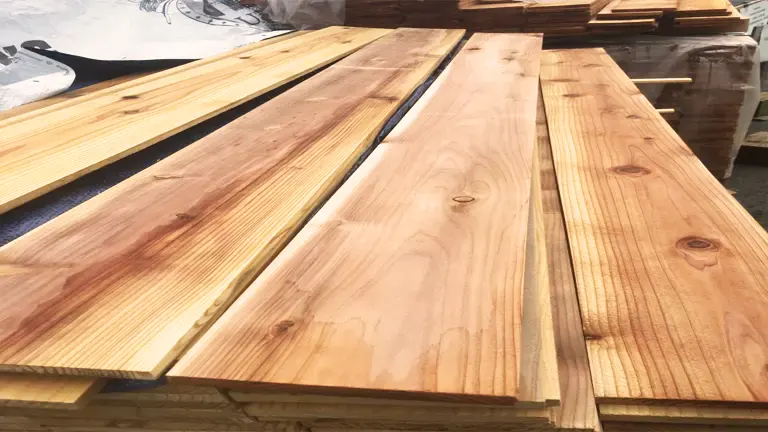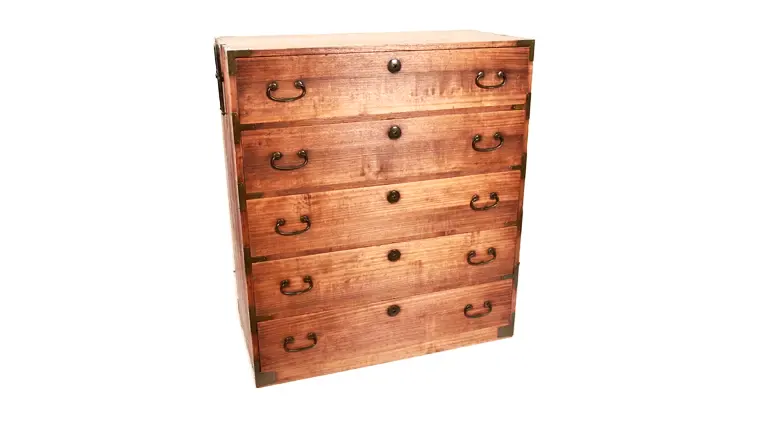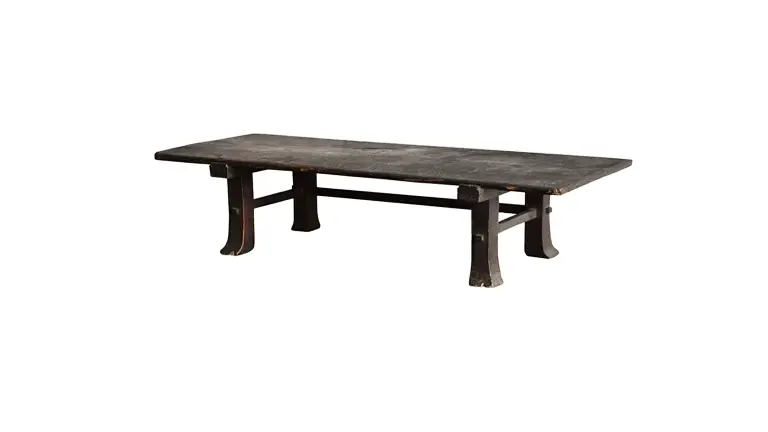Japanese Chestnut Lumber
- July 25, 2023
- 0 comment
Japanese Chestnut Lumber, scientifically known as Castanea crenata, stands as a testament to the rich tapestry of Japanese culture and history. This remarkable timber species has been interwoven into the fabric of Japan’s architectural and artistic heritage for centuries. Its unique characteristics and versatility have made it a coveted choice for woodworking enthusiasts and craftsmen alike.

One of the most striking features of Japanese Chestnut Lumber is its aesthetic appeal. The wood boasts a warm, reddish-brown hue with intricate grain patterns that add depth and character to any piece it graces. This visual allure is further complemented by the wood’s remarkable durability, making it a preferred choice for constructing furniture, traditional Japanese joinery, and even architectural elements like shoji screens and sliding doors.
Moreover, the wood’s workability is exceptional, allowing craftsmen to carve, shape, and join it with precision, which is crucial in traditional Japanese carpentry where intricate joinery techniques are employed. This adaptability has cemented Japanese Chestnut’s status as an integral component of Japan’s architectural and artistic heritage, embodying the nation’s commitment to craftsmanship and the preservation of its cultural identity.
| Common Name(s) | Japanese Chestnut Lumber |
|---|---|
| Scientific Name | Castanea crenata |
| Distribution | Native to Japan |
| Tree Size | Medium to large |
| Average Dried Weight | 38 lbs/ft^3 (610 kg/m^3) |
| Specific Gravity | 0.61 |
| Janka Hardness | 860 lbf (3,820 N) |
| Modulus of Rupture | 13,480 psi (92.8 MPa) |
| Elastic Modulus | 1,578,000 psi (10.88 GPa) |
| Crushing Strength | 7,570 psi (52.2 MPa) |
| Shrinkage | Radial: 4.6%, Tangential: 7.5%, Volumetric: 12.7% |
Characteristics
Color/Appearance
The heartwood of Japanese Chestnut ranges from light to medium brown with hints of reddish tones, often displaying darker streaks or spots that add depth and character to the wood. The sapwood is lighter in color and clearly demarcated from the heartwood, creating a visually pleasing contrast.

Grain/Texture
Japanese Chestnut typically exhibits a straight grain pattern, occasionally featuring subtle interlocking, wavy, or fiddleback grain, which adds a touch of uniqueness and visual interest. The wood’s fine and even texture contributes to its excellent workability, allowing for precise detailing and finishing.
Rot Resistance
While not highly resistant to decay, Japanese Chestnut possesses a moderate natural resistance to rot and insect attacks. It is best suited for indoor applications or projects that will not be exposed to excessive moisture or harsh outdoor conditions.
Workability
One of the standout qualities of Japanese Chestnut is its exceptional workability. It responds smoothly to cutting, planing, and sanding, making it a joy to work with for woodworkers and artisans. It is highly cooperative with both hand and machine tools, enabling the creation of intricate designs and fine craftsmanship.

Odor
The wood of Japanese Chestnut emits a mild and pleasant scent during woodworking, adding to the overall experience of working with this delightful material.
Allergies/Toxicity
Japanese Chestnut does not pose any known allergenic or toxic risks, making it a safe option for those who may have sensitivities to other types of wood.
Pricing/Availability
Japanese Chestnut lumber is readily available in Japan and can also be found in some international markets. Its price can vary based on factors such as local supply and demand, as well as the wood’s popularity in specific regions.
Sustainability
Japanese Chestnut is considered a reasonably sustainable timber option, thanks to responsible forest management practices in Japan. These practices ensure the preservation of the species and its habitat for future generations.


Common Uses
Owing to its attractive appearance and ease of workability, Japanese Chestnut finds numerous applications in woodworking. Some common uses include:
- Furniture Making: It is frequently utilized in crafting high-quality furniture pieces, including tables, chairs, cabinets, and chests.
- Cabinetry: Japanese Chestnut is an excellent choice for cabinetry work, adding elegance to kitchen and storage spaces.
- Interior Trim and Moldings: Its fine texture and straight grain make it ideal for interior trim, moldings, and decorative accents.
- Decorative Veneers: The wood’s appealing grain patterns make it suitable for creating decorative veneers used to enhance the appearance of various surfaces.
- Musical Instruments: Japanese Chestnut is occasionally employed in the construction of musical instruments, particularly for acoustic components.
Frequently Asked Question
- Is Japanese Chestnut Lumber durable?
While not highly durable, it possesses moderate resistance to decay and insects, making it suitable for indoor applications. - Can Japanese Chestnut be used for outdoor projects?
It is not recommended to use Japanese Chestnut for exterior applications without proper treatment or protection. - How does Japanese Chestnut compare to American Chestnut?
Japanese Chestnut is often used as a substitute for the now-extinct American Chestnut due to its similar appearance and workability. - Does Japanese Chestnut lumber require special maintenance?
Regular maintenance, such as proper finishing or sealing, can enhance its longevity and appearance. - Is Japanese Chestnut Lumber sustainable?
Yes, the responsible harvesting practices in Japan contribute to its sustainability. - Can Japanese Chestnut be stained or polished easily?
Yes, it takes stain and polish well, providing a smooth, lustrous finish.
We’d love to hear from you! Share your personal experiences and thoughts about Japanese Chestnut lumber in the comments section below. Your insights could be invaluable for those looking to work with this unique wood for their projects!







Leave your comment